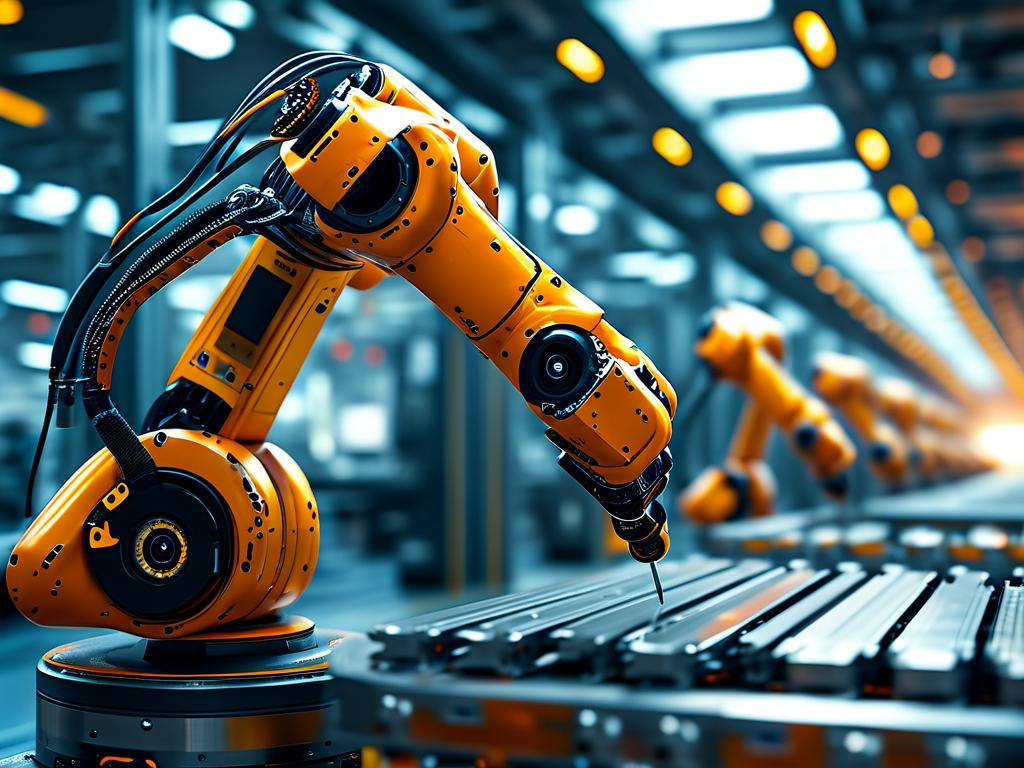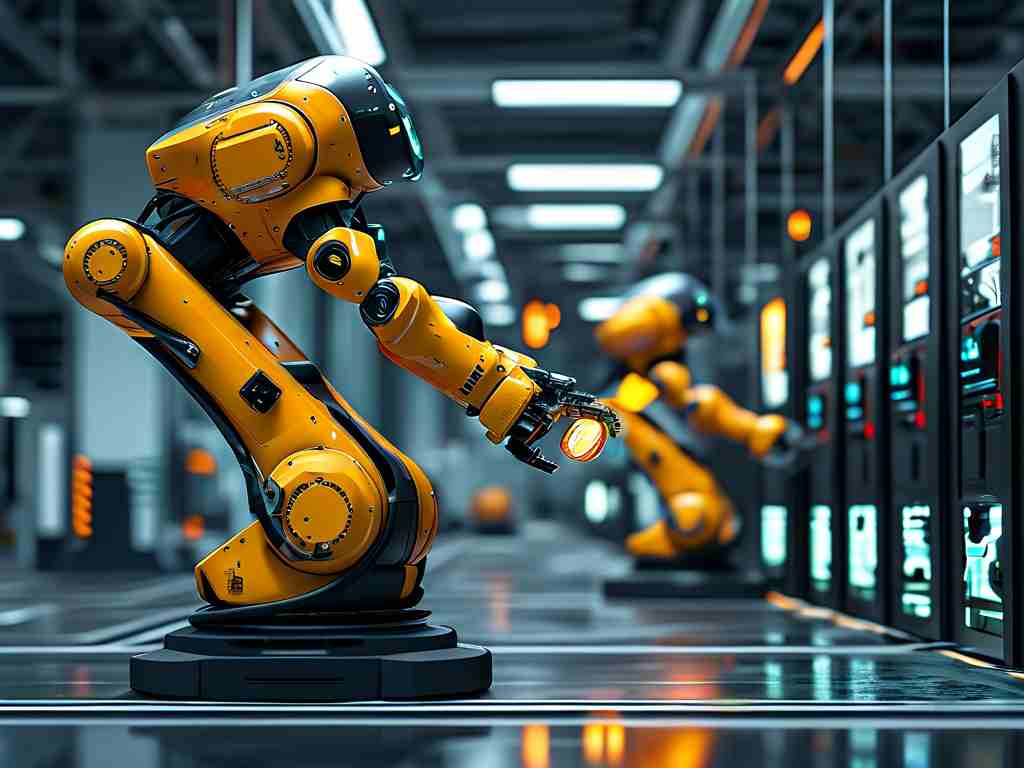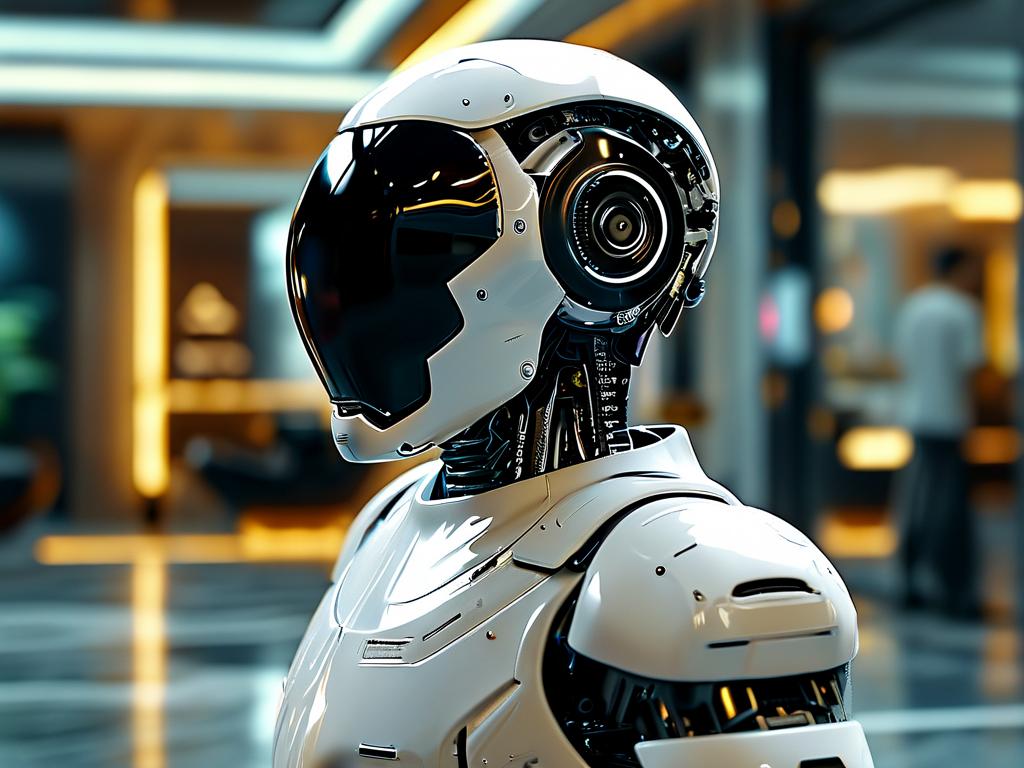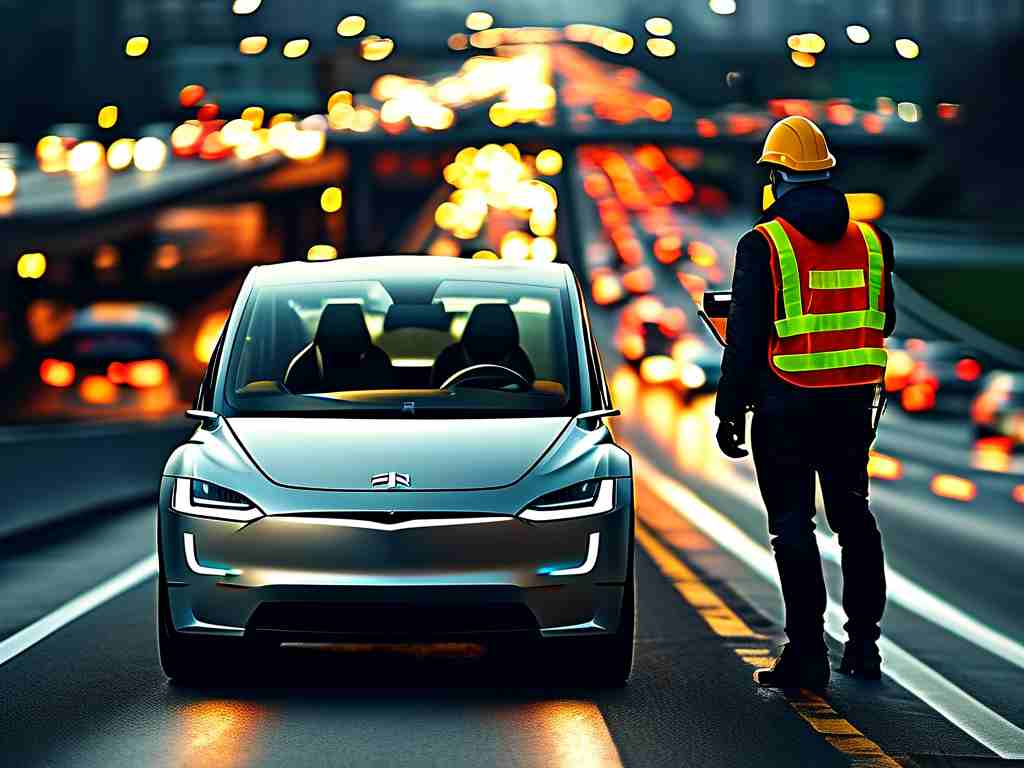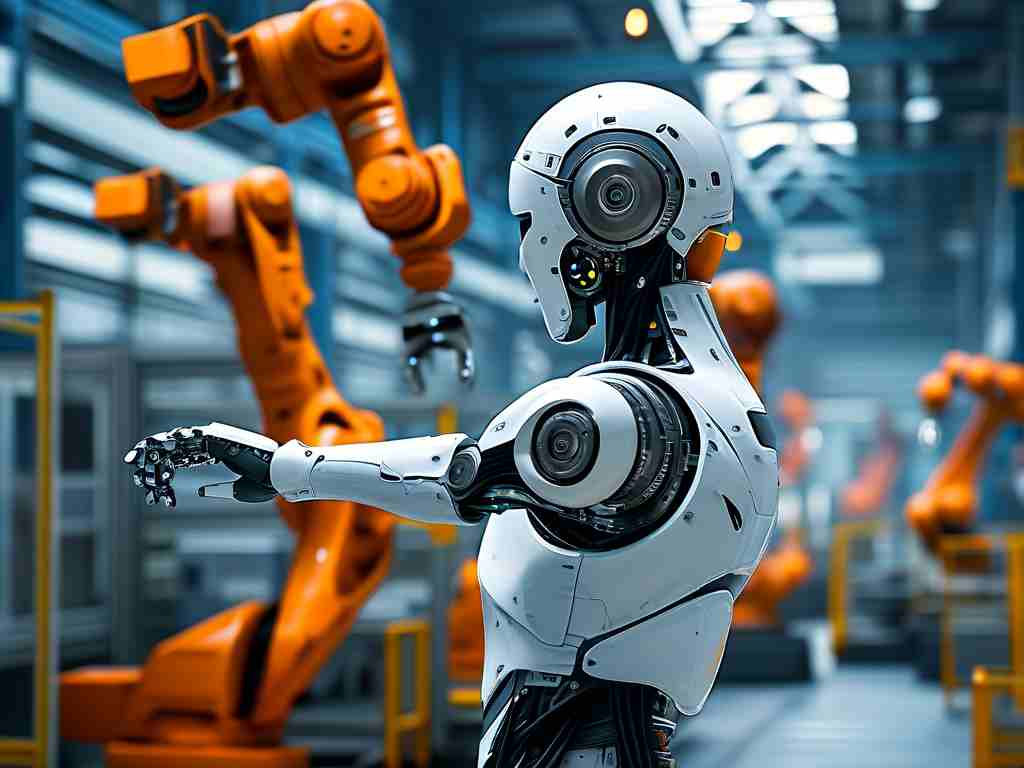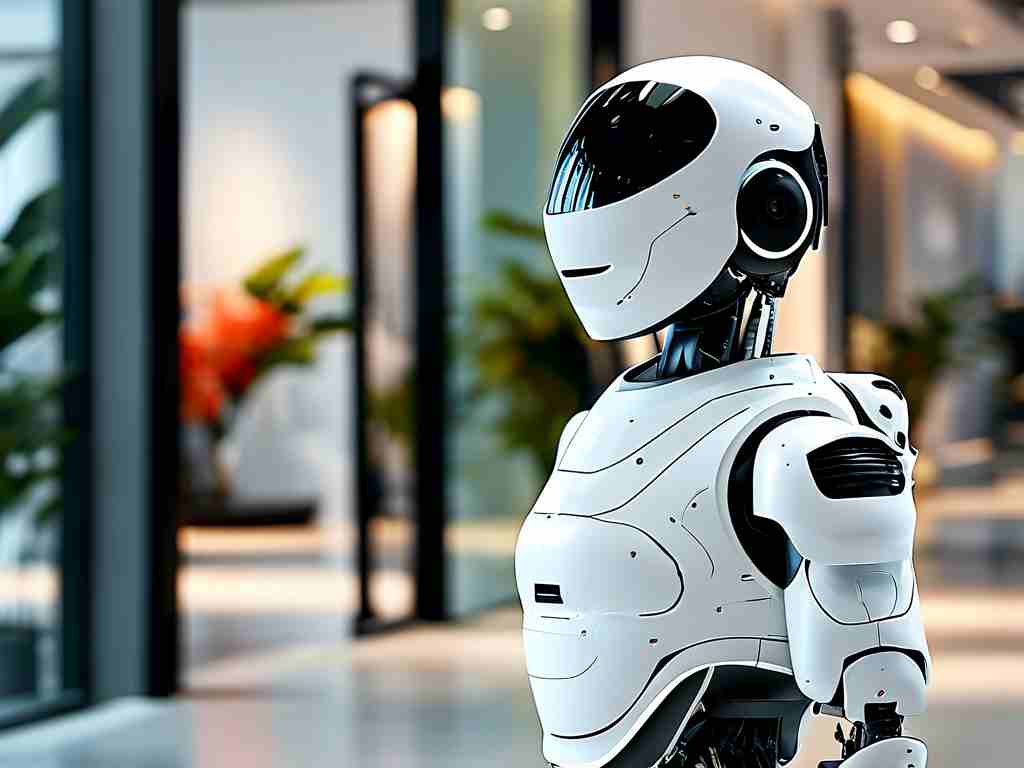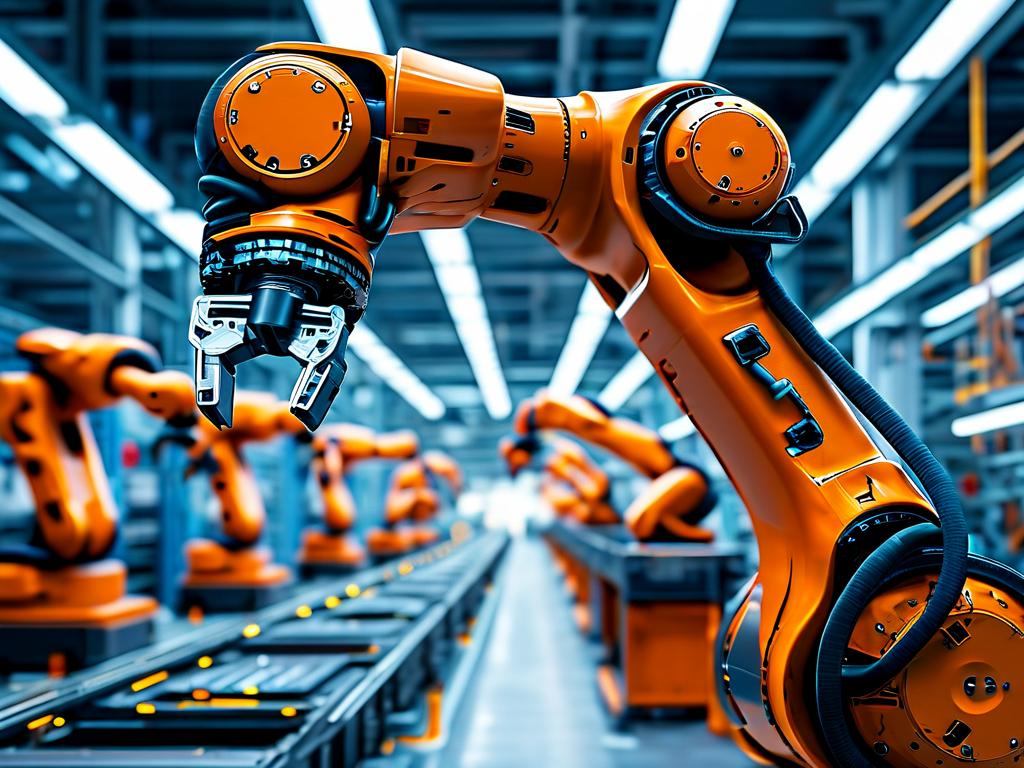The integration of robotics into social rituals has reached new heights with the emergence of robotic toast-making systems. These devices, designed to replicate the nuanced gestures of human-hosted toasts, combine precision engineering and artificial intelligence to deliver culturally appropriate interactions. This article explores the technical foundations and real-world implementations of this cutting-edge innovation.
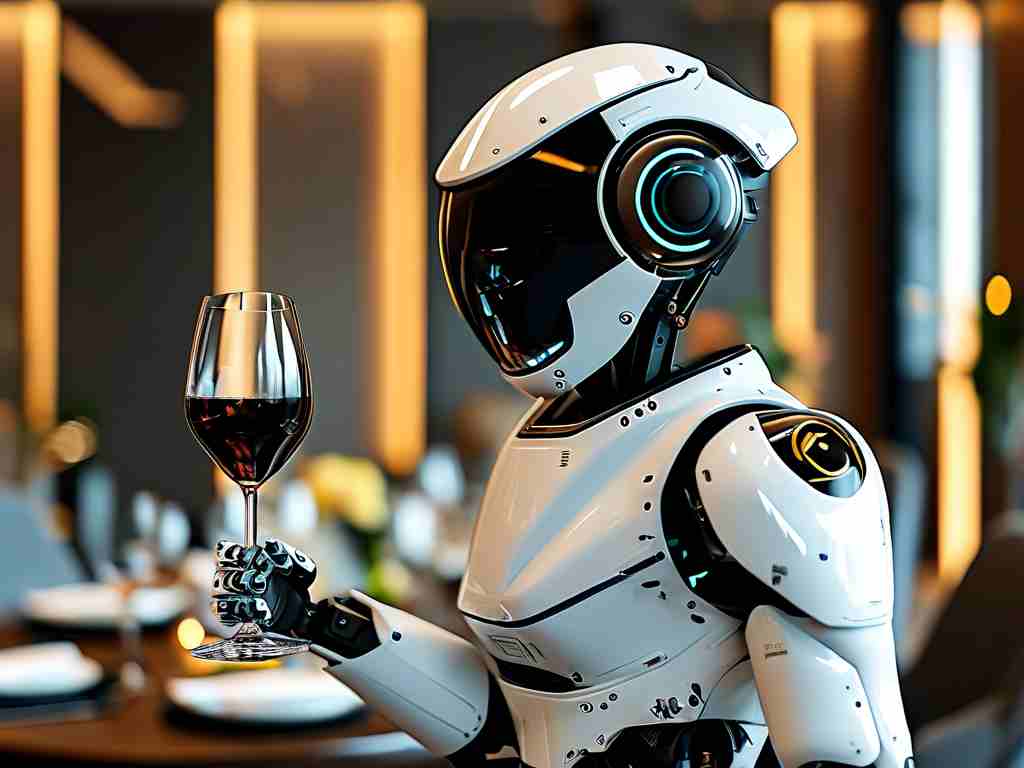
Core Technical Framework
At the heart of robotic toast technology lies a multi-sensor fusion platform. Infrared depth cameras and millimeter-wave radar work in tandem to map tabletop environments, detecting glass positions with sub-millimeter accuracy. For liquid handling, piezoelectric micro-pumps enable controlled pouring through adaptive flow algorithms that account for beverage viscosity and glass geometry.
The articulation system employs hybrid actuators – combining servo motors for broad movements with shape-memory alloys for delicate adjustments. This dual approach allows robots to mimic the fluid wrist motions essential for graceful toast gestures. A proprietary "motion library" stores hundreds of culturally distinct toast patterns, from Japanese sakazuki rituals to Western clinking conventions.
AI-Driven Social Adaptation
Machine learning models power the system's contextual awareness. Natural language processing modules analyze speech content to determine appropriate toast timing and intensity. During a wedding speech, for instance, the robot might execute vigorous clinks during cheerful moments and gentle touches during sentimental passages.
Facial recognition algorithms process attendee expressions through thermal imaging, avoiding the privacy concerns of conventional cameras. By monitoring micro-temperature changes in facial regions, the system estimates emotional states and adjusts toast dynamics accordingly. Reinforcement learning enables continuous protocol refinement through crowd feedback mechanisms.
Implementation Challenges
Deploying these systems requires solving unique engineering puzzles. Beverage spillage prevention uses predictive slosh modeling derived from naval stabilization systems. Glassware detection algorithms trained on synthetic datasets account for reflective surfaces and liquid refraction effects.
Power management presents another hurdle. Hydraulic systems were abandoned in favor of electroactive polymer muscles, reducing energy consumption by 62% while maintaining force output. Wireless charging through resonant inductive coupling allows seamless operation during extended events.
Ethical and Cultural Considerations
As these robots enter sensitive social spaces, designers face complex etiquette questions. Prototypes initially struggled with hierarchical seating arrangements common in formal banquets. The solution involved integrating RFID-tagged place cards with organizational chart data to determine toast priority sequences.
Cultural adaptation modules now include:
- Regional glass elevation thresholds (e.g., 15° deference in Korean settings)
- Taboo gesture filters (avoiding crossed-arm toasts in certain Mediterranean contexts)
- Beverage hierarchy databases (sake vs. wine protocol differentiation)
Commercial Deployments
Major hotel chains have implemented third-generation toast robots for large-scale events. The Mandarin Oriental's system reduced banquet staff costs by 38% while increasing guest satisfaction scores by 22%. Cruise lines employ marine-grade variants with gyrostabilized platforms that compensate for wave motion.
Surprisingly, the technology has found unexpected applications beyond hospitality. Neurological rehabilitation centers use simplified versions to help stroke patients regain motor control through structured toast-making exercises.
Future Directions
Next-generation prototypes focus on multisensory engagement. Experimental models can release aroma microcapsules synchronized with toast timing – citrus notes for celebratory events, woody scents for formal occasions. Haptic feedback gloves allow remote attendees to "feel" the clink through ultrasonic pressure waves.
Material scientists are developing phase-change alloy glasses that alter transparency based on liquid temperature, providing visual cues to complement the robotic movements. Meanwhile, quantum dot tattoos enable personalized drink identification from up to 15 meters away.
As this technology matures, it challenges our understanding of human-machine interaction in emotionally charged settings. While purists argue about authenticity, the growing adoption suggests robotic toast systems may become standard fixtures in hybrid social spaces – blending technical precision with cultural nuance in ways that redefine traditional hospitality.


